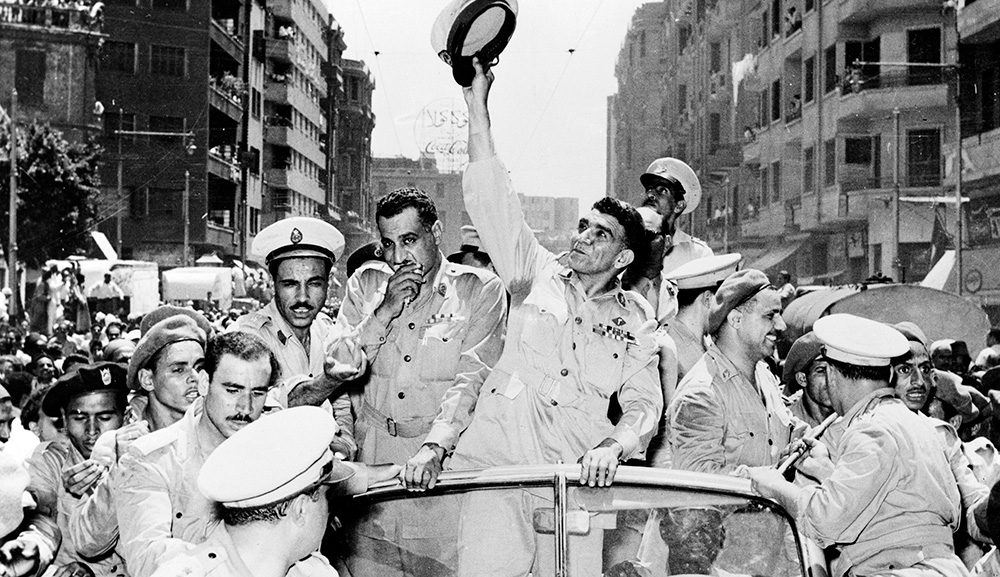On December 8, Intentional Beauty, Jewish Ritual Art from the Collection opened at Boston’s Museum of Fine Arts (MFA). Laura Hodes writes in her review of the exhibition:
The MFA is one of only four U.S. art museums (as opposed to Jewish museums) that include Judaica galleries. . . . The majority of the objects in the new gallery are now on display for the first time. The masterpiece in the center of the room is a silver Torah shield from Galicia, probably from Lvov, (now Lviv) in Ukraine, created in 1781–82.
As is the case with many of the objects in the gallery, you need to look closely to appreciate its mastery. A Torah shield is usually designed to be seen only from the front, but this one is intricately carved on both sides. On the front you can see a layer of gilded silver, with sinuous, swirling intertwined plants and animals, some real, some fantastical.
There are also three-dimensional figures of Moses and Aaron on it, flanking a jeweled crown (representing the Torah), and a replica of the Ten Commandments over a shield of silver.
The back of the shield is minutely engraved with the story of the binding of Isaac, with details impossible to see with the naked eye, a level of detail only usually seen in book engravings. Luckily, an interactive display screen actually allows you to magnify the image to catch the details, including the proud inscription on the back, in Hebrew: “This is the work of my hands, Elimelekh Tzoref of Stanislav, in the year 5542.”
Tsoref is the Hebrew word for silversmith.
More about: East European Jewry, Jewish art, Museums


